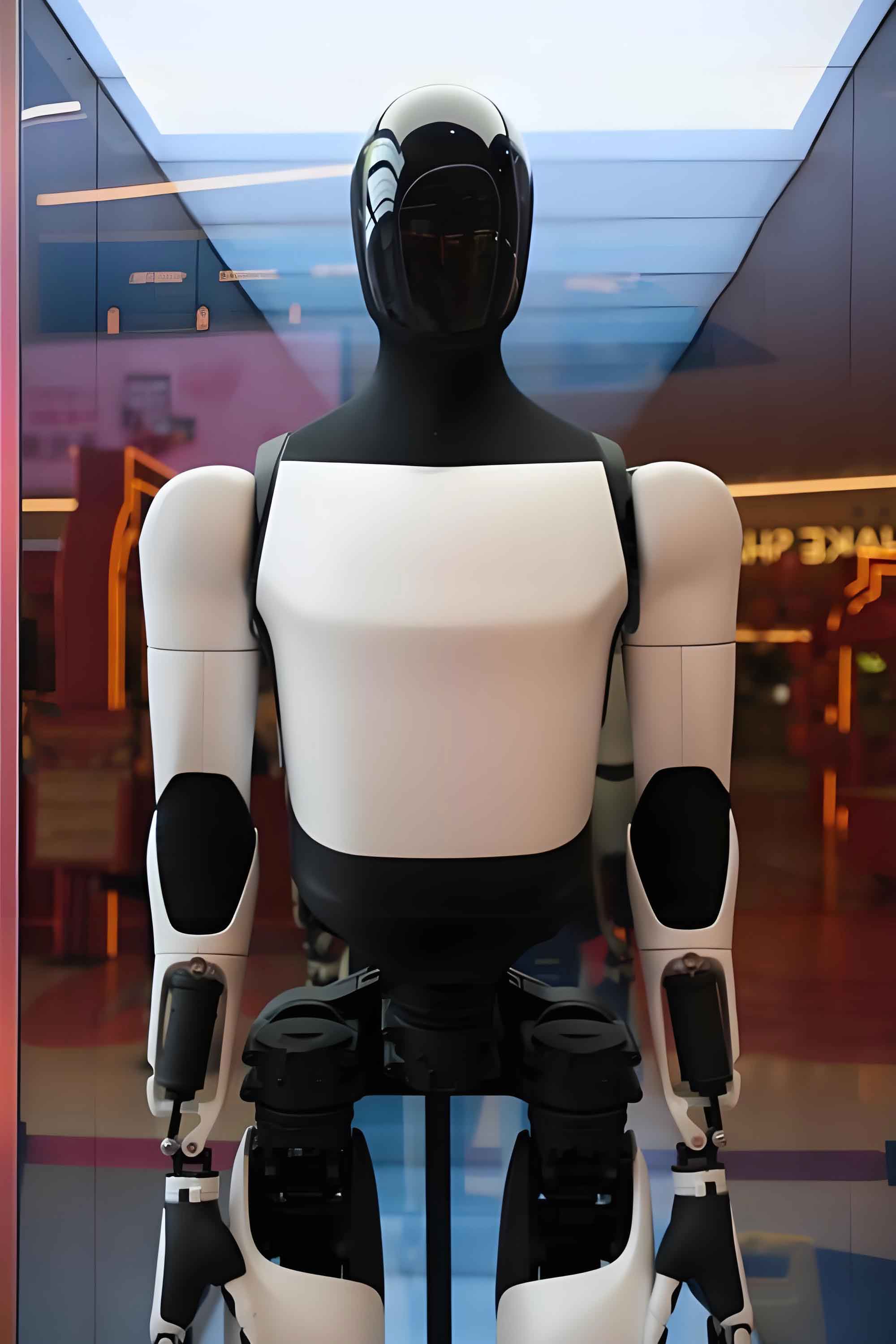As I walked through the bustling halls of the 137th Canton Fair, the air buzzed with anticipation. The event, historically a cornerstone of global trade, has evolved into a stage where innovation takes center stage. This year, the spotlight was undeniably on AI robots—machines that not only perform tasks but learn, adapt, and redefine industries. From agile robotic dogs to intelligent home appliances, the fair showcased how “Made in China” is transitioning into “Invented in China.” Here’s my firsthand account of how AI robots are reshaping competitiveness, collaboration, and consumer expectations.

AI Robots: From Novelty to Necessity
The Canton Fair’s Service Robot Zone was a magnet for curiosity. At the entrance, Unitree’s robotic dog executed flawless backflips, drawing gasps from the crowd. Nearby, Luoteng Technology’s spherical patrol robot glided autonomously, scanning its surroundings with precision. These weren’t mere demonstrations; they were proof of how AI robots are transitioning from prototypes to practical solutions.
Table 1: Key AI Robot Innovations at Canton Fair
| Company | Product | Core Technology | Application |
|---|---|---|---|
| Unitree Robotics | Bionic Robotic Dog | Dynamic balance algorithms | Security, entertainment |
| Luoteng Tech | Patrol Robot Sphere | AI-driven navigation | Industrial surveillance |
| Haier | DeepSeek Smart Fridge | Generative AI model | Household management |
| TCL | Xiaolanyi C7 Air System | AI + millimeter-wave radar | Smart home integration |
| LIGONG Industrial | Humanoid Robots (D1/F1) | Hybrid mobility (wheeled) | Logistics, warehousing |
The shift from cost-driven exports to technology-led innovation was palpable. Foreign buyers, once focused on textiles and electronics, now flocked to AI robot exhibitors. Bekha Mekabolidze, a veteran attendee from Georgia, summarized the trend: “My procurement list has evolved from furniture to lithium batteries—and now to humanoid robots.”
The Ecosystem of AI-Driven Innovation
China’s AI robot ecosystem thrives on integration. At Haier’s booth, the DeepSeek-enabled refrigerator epitomized this synergy. By analyzing expiration dates and storage conditions, it transcended its role as a kitchen appliance to become a “life assistant.” Similarly, TCL’s washing machines leveraged generative AI models to achieve unprecedented cleaning efficiency, while their air systems combined millimeter-wave radar with AI for real-time environmental adaptation.
Table 2: AI Integration in Home Appliances
| Appliance Type | AI Feature | Benefit |
|---|---|---|
| Refrigerator | Predictive maintenance | Reduces food waste |
| Washing Machine | Adaptive cycle optimization | Enhances energy efficiency |
| Air Conditioner | Context-aware cooling | Improves indoor air quality |
| Lawn Robot | Terrain mapping | Customizes landscaping tasks |
These advancements underscore a broader trend: AI robots are no longer standalone gadgets but nodes in interconnected smart ecosystems.
Global Demand Meets Technical Breakthroughs
Foreign buyers were vocal about their priorities. Romanian trader Albert Dan Antoniu spent 20 minutes filming a humanoid robot by LIGONG Industrial, captivated by its hybrid design. “Wheeled robots may lack human-like movement,” explained Xie Chenxiao, LIGONG’s Overseas Director, “but they excel in speed and safety for logistics tasks.”
Table 3: Buyer Preferences for AI Robots
| Region | Top Applications | Key Criteria |
|---|---|---|
| Europe | Industrial automation | Energy efficiency, safety |
| North America | Smart home solutions | Integration with IoT |
| Southeast Asia | Agricultural robotics | Cost-effectiveness |
| Middle East | Security systems | Durability in extreme climates |
The data reveals a global appetite for specialized AI robots, tailored to regional needs.
The Road Ahead: Challenges and Opportunities
While enthusiasm ran high, challenges linger. Export-oriented AI robots must navigate diverse regulatory landscapes and cultural expectations. For instance, lawn robots designed for European gardens may falter in Southeast Asia’s tropical terrain without adaptive algorithms.
Table 4: Market Projections for AI Robots (2025–2030)
| Sector | CAGR (%) | Driving Factors |
|---|---|---|
| Healthcare | 22.3 | Aging populations, precision surgery |
| Logistics | 18.7 | E-commerce growth, warehouse automation |
| Agriculture | 15.9 | Labor shortages, climate resilience |
| Consumer Electronics | 12.4 | Smart home adoption |
The numbers paint a clear picture: AI robots will dominate sectors where efficiency meets scalability.
Conclusion
The Canton Fair has always mirrored China’s industrial evolution. This year, it reflected a nation pivoting from manufacturing prowess to technological leadership. AI robots are at the heart of this transformation—bridging gaps between imagination and reality, local innovation and global demand. As I left the fairgrounds, one thought lingered: the future of trade isn’t just about products; it’s about intelligence in motion.
